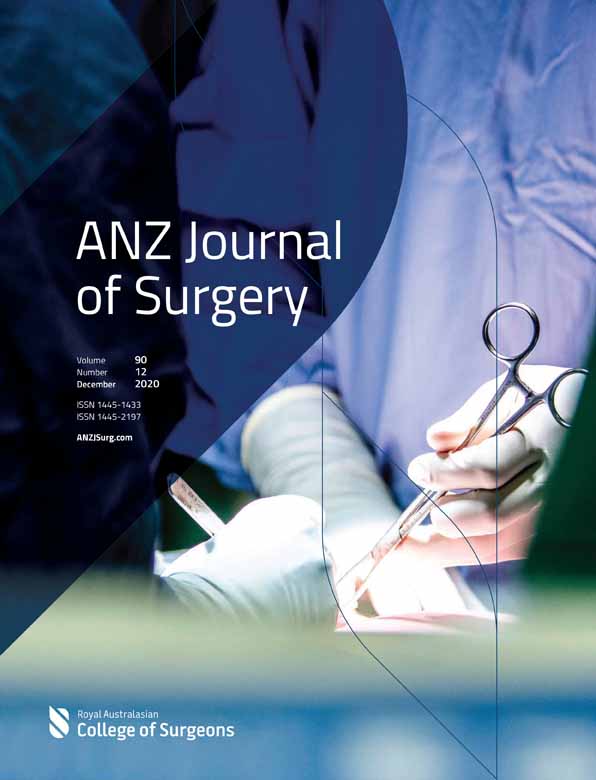Peritonitis-associated hyperlactatemia for evaluating mortality in secondary peritonitis
Abstract
Background
In sepsis, lactate measurements correlate with mortality; however, the role of lactate in predicting mortality in patients of secondary peritonitis is not yet fully established.
Methods
Data were maintained prospectively on 224 patients of secondary peritonitis over a period of 10 years. Arterial lactate measurements were performed twice in each patient – once, initially on admission (ALI) and the other, 24 h after surgery (AL24); from these values, percentage lactate clearance was calculated. These lactate indices and other demographic factors were correlated with mortality.
Results
Overall mortality was 16.07% (36 patients) and morbidity was 63.39% (pulmonary complications commonest); preoperative lactate (more than 2.35 mmol/L), 24-h postoperative lactate (more than 2.05 mmol/L), need for vasopressors and mechanical ventilation independently correlated with morbidity and mortality. A simple prognostic scale constructed using cut-off values of ALI, AL24, need for vasopressor support and mechanical ventilation showed a sensitivity of 97.22% and specificity of 52.13% for predicting mortality.
Conclusion
Preoperative and postoperative arterial lactate levels, need for vasopressors and mechanical ventilation, are independent predictors of mortality. Using these parameters, it may be possible to identify high risk patients that can benefit from early, goal directed therapy to reduce the mortality of secondary peritonitis.
Conflicts of interest
None declared.




